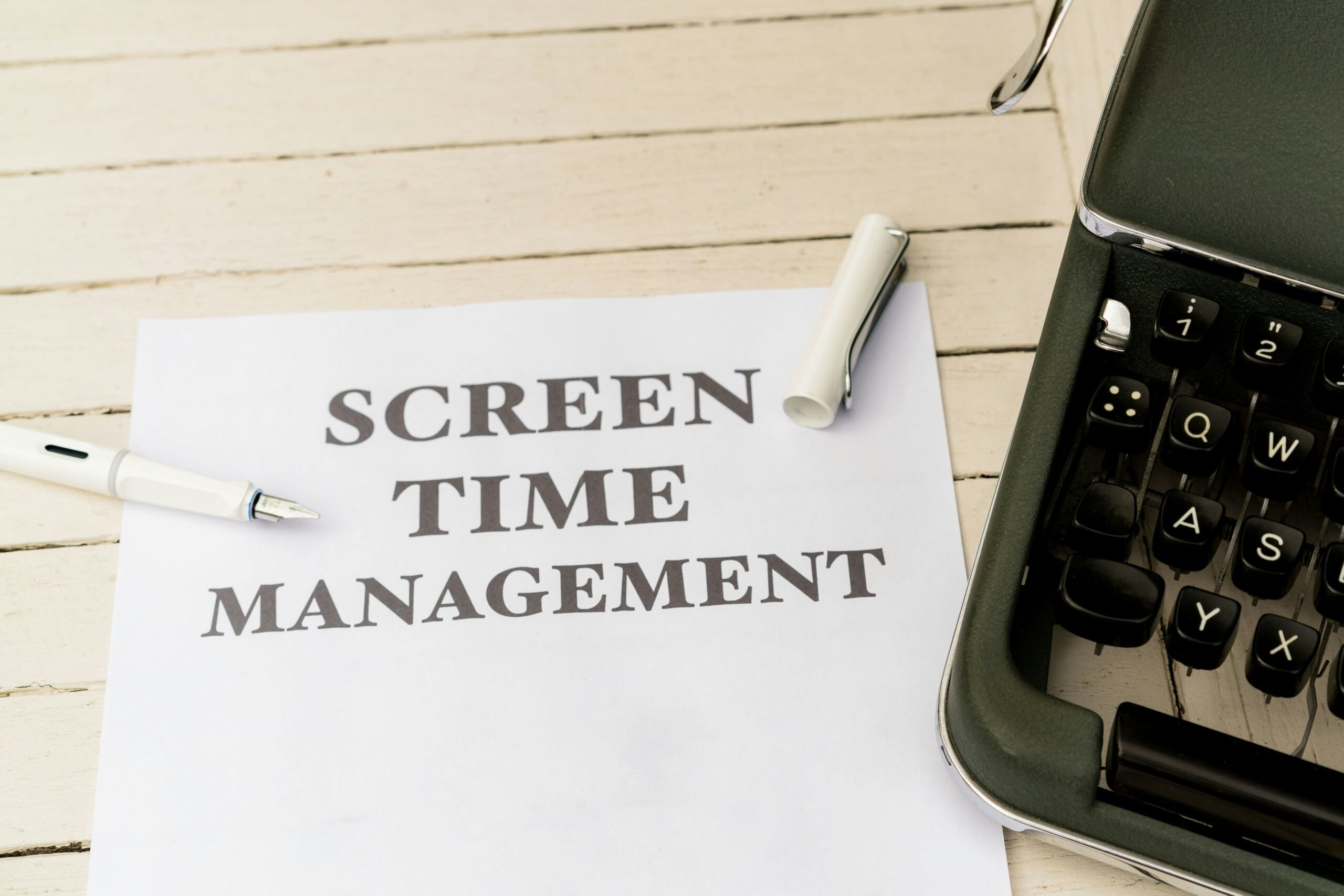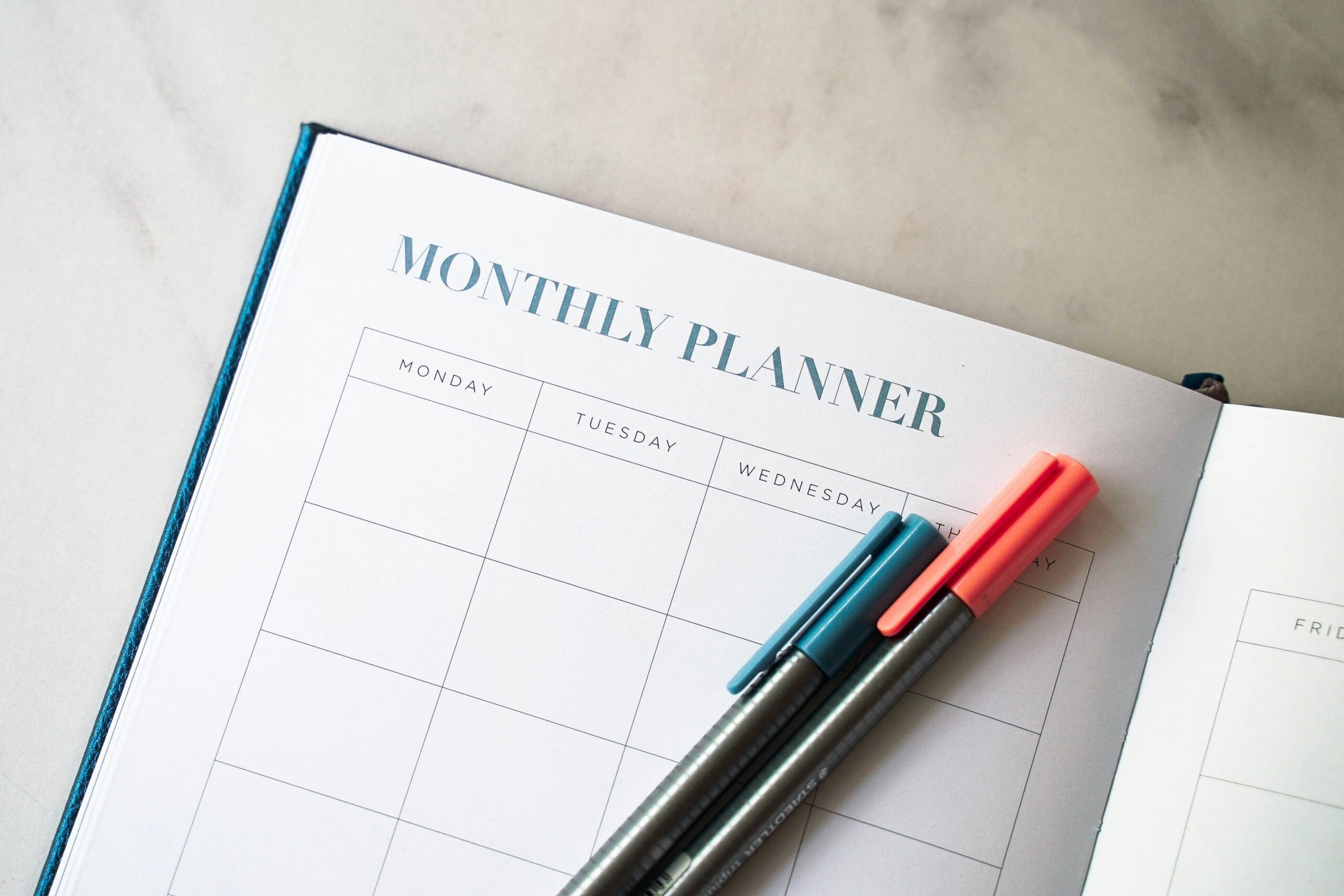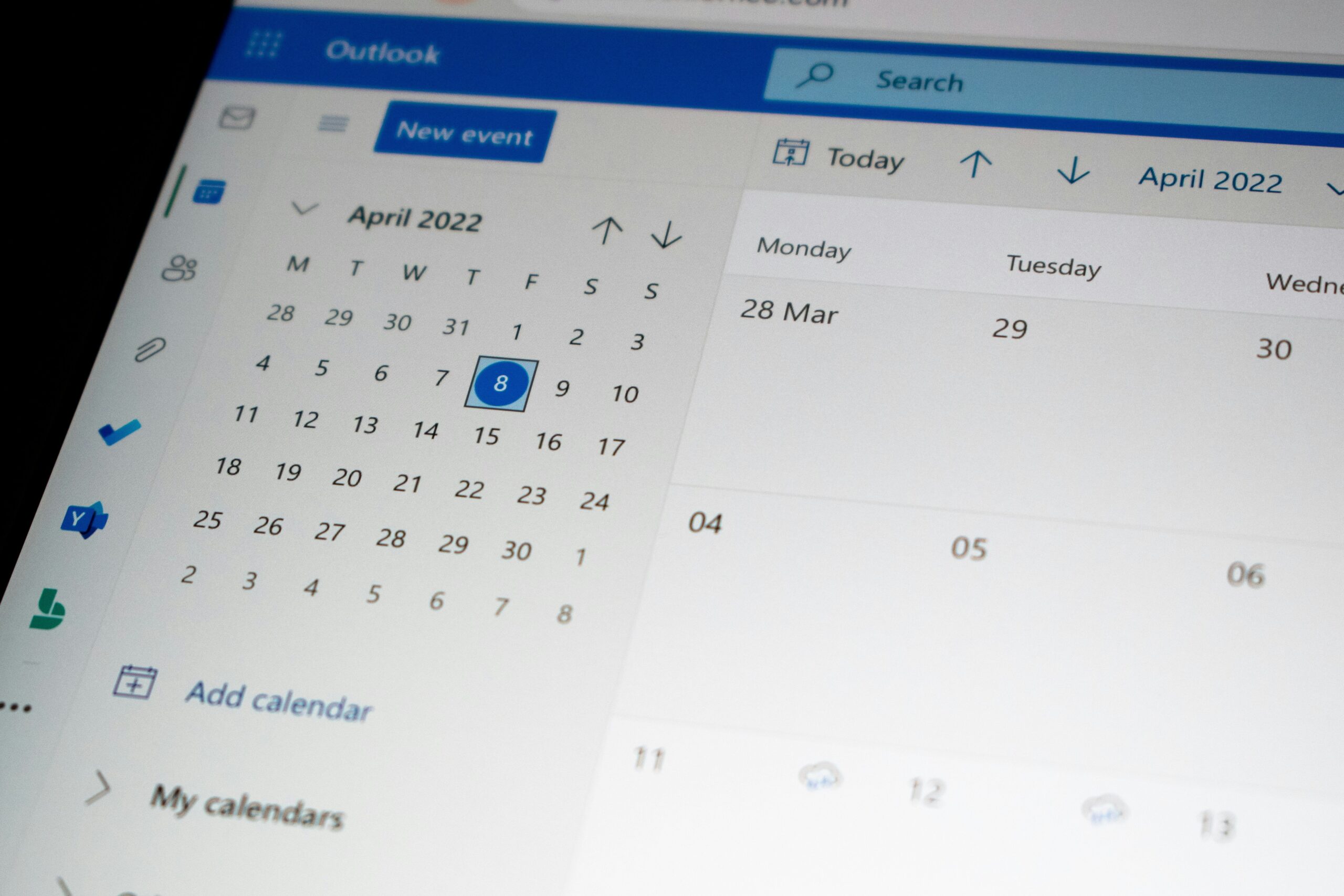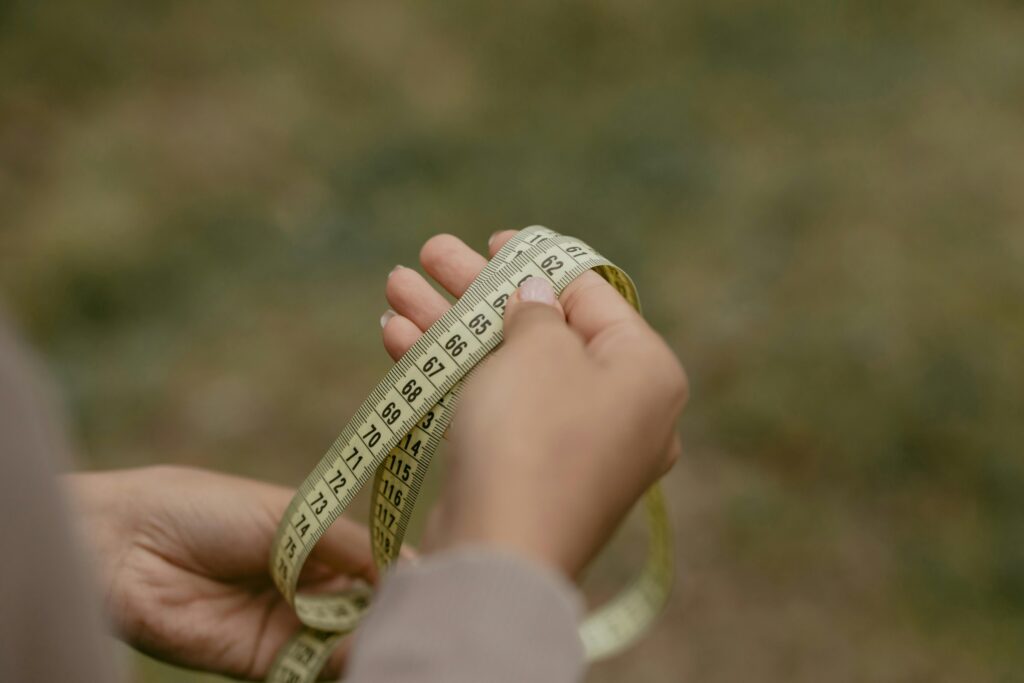Ever felt like your day just evaporated, but you have no idea where it went? You’re not alone. A shocking study shows that the average person spends 2.5 hours a day on unproductive tasks. That’s over 60 days per year! Now imagine if there was a way to take back control of your time—and your life—with day monitoring tools. Intrigued? In this guide, we’ll dive into how these apps can transform your productivity and well-being while avoiding some common pitfalls along the way.
Table of Contents
- Key Takeaways
- Why Day Monitoring Tools Are Your Secret Weapon
- How to Choose and Set Up Your Perfect Planning App
- Top Tips for Maximizing Your Day Monitoring Tools
- Real-Life Success Stories: Does It Work?
- FAQs About Day Monitoring Tools
Key Takeaways
- Day monitoring tools help track and optimize daily activities for better productivity.
- Picking the right app involves understanding features, integrations, and ease of use.
- Best practices include setting goals, reviewing data, and staying flexible.
- No tool is perfect; avoid over-relying on them at the expense of creativity.
Why Day Monitoring Tools Are Your Secret Weapon
Let’s get real for a second. I once spent an entire afternoon color-coding my Google Calendar—only to realize I hadn’t actually done any work. Classic rookie move, right? But here’s the thing: without knowing where your time goes, improving productivity feels impossible. Enter day monitoring tools. These apps are designed to give you a bird’s-eye view of your habits, distractions, and wins.
Whether you’re juggling personal wellness routines or professional deadlines, day monitoring tools provide structure and accountability. From tracking sleep patterns to analyzing focus times, they’re basically your virtual life coach minus the hourly rate.

How to Choose and Set Up Your Perfect Planning App
Selecting the best day monitoring tool starts with asking yourself what you need most: simplicity, advanced analytics, or integration with other platforms?
“Optimist You:” “This will be so easy!”
Grumpy You: “Ugh, fine—but only if coffee’s involved.”
Step 1: Identify Your Pain Points
Are you drowning in endless to-do lists? Or maybe you struggle with maintaining boundaries between work and downtime. Pinpointing your specific challenges helps narrow down options.
Step 2: Compare Features
Some day monitoring tools, like RescueTime, excel at tracking screen time, while others, such as Notion, offer customizable dashboards for holistic planning. Consider whether you want automated insights or more manual control.
Step 3: Test Before Committing
Most apps offer free trials or freemium versions. Use this period wisely by testing their functionality across different devices.
Top Tips for Maximizing Your Day Monitoring Tools
Now that you’ve picked your weapon of choice, let’s talk strategy.
- Set Clear Goals: Whether it’s reducing non-work browsing by 20% or dedicating two hours daily to deep work, define measurable objectives.
- Review Weekly Data: Regularly check reports to identify trends and adjust accordingly.
- Avoid Over-Customization: Here’s my rant moment: Stop tweaking every little detail until you’ve actually used the tool for at least two weeks. Trust me—it’s tempting AF.
- Balance Automation with Intuition: While algorithms can highlight inefficiencies, remember that human creativity thrives in unpredictability.
Real-Life Success Stories: Does It Work?
Take Rachel, a freelance graphic designer who struggled with burnout. After adopting Todoist, she noticed a 30% increase in billable hours within three months. Another success story comes from James, a fitness enthusiast who paired Habitica (a gamified planner) with his morning routine, leading to consistent gym attendance and improved mental health.

FAQs About Day Monitoring Tools
Can These Tools Replace Traditional Planners?
Not entirely. Digital tools enhance organization, but many people still prefer physically writing things down. Combining both methods often yields the best results.
Do They Work for Teams Too?
Absolutely. Tools like ClickUp allow team collaboration through shared calendars and task assignments.
Is Privacy a Concern?
Read privacy policies carefully. Reputable apps encrypt user data, but always enable two-factor authentication for added security.
Conclusion
Day monitoring tools aren’t magic wands—they require consistent effort to unlock their full potential. By choosing the right app, applying smart strategies, and learning from mistakes (ahem, looking at you, over-customizer), you can reclaim your time and boost overall well-being. So go ahead, give one a whirl. And hey, don’t forget the coffee.
P.S.: Like a Tamagotchi, your SEO needs daily care.


